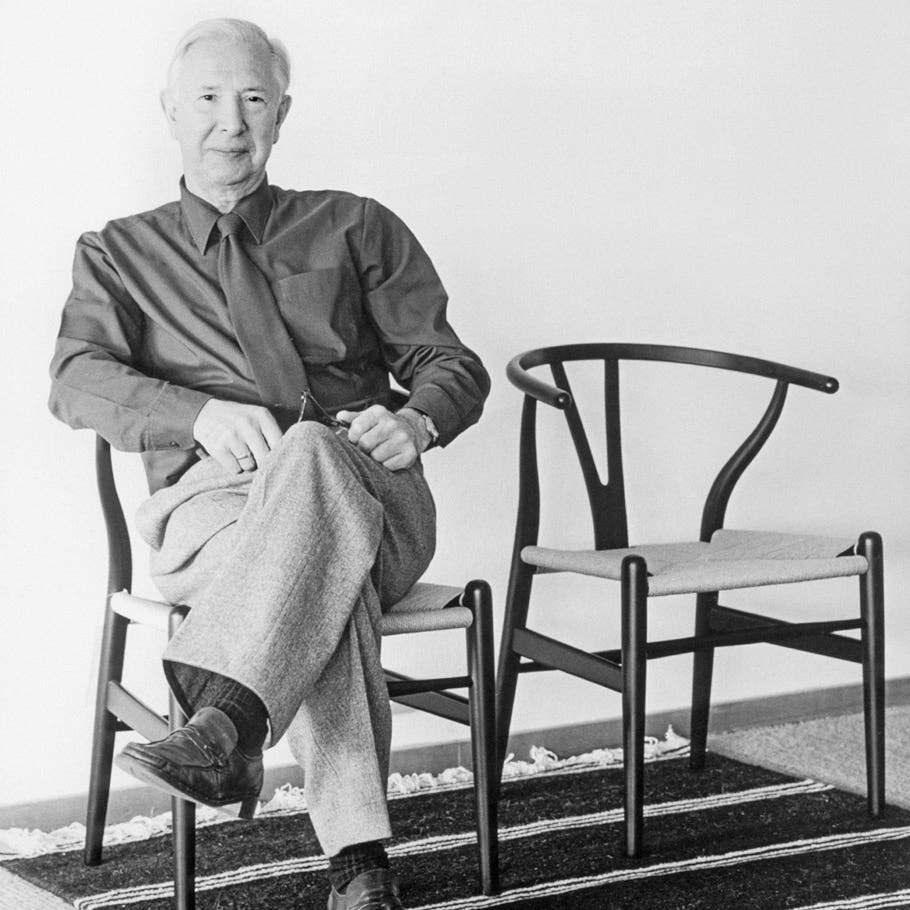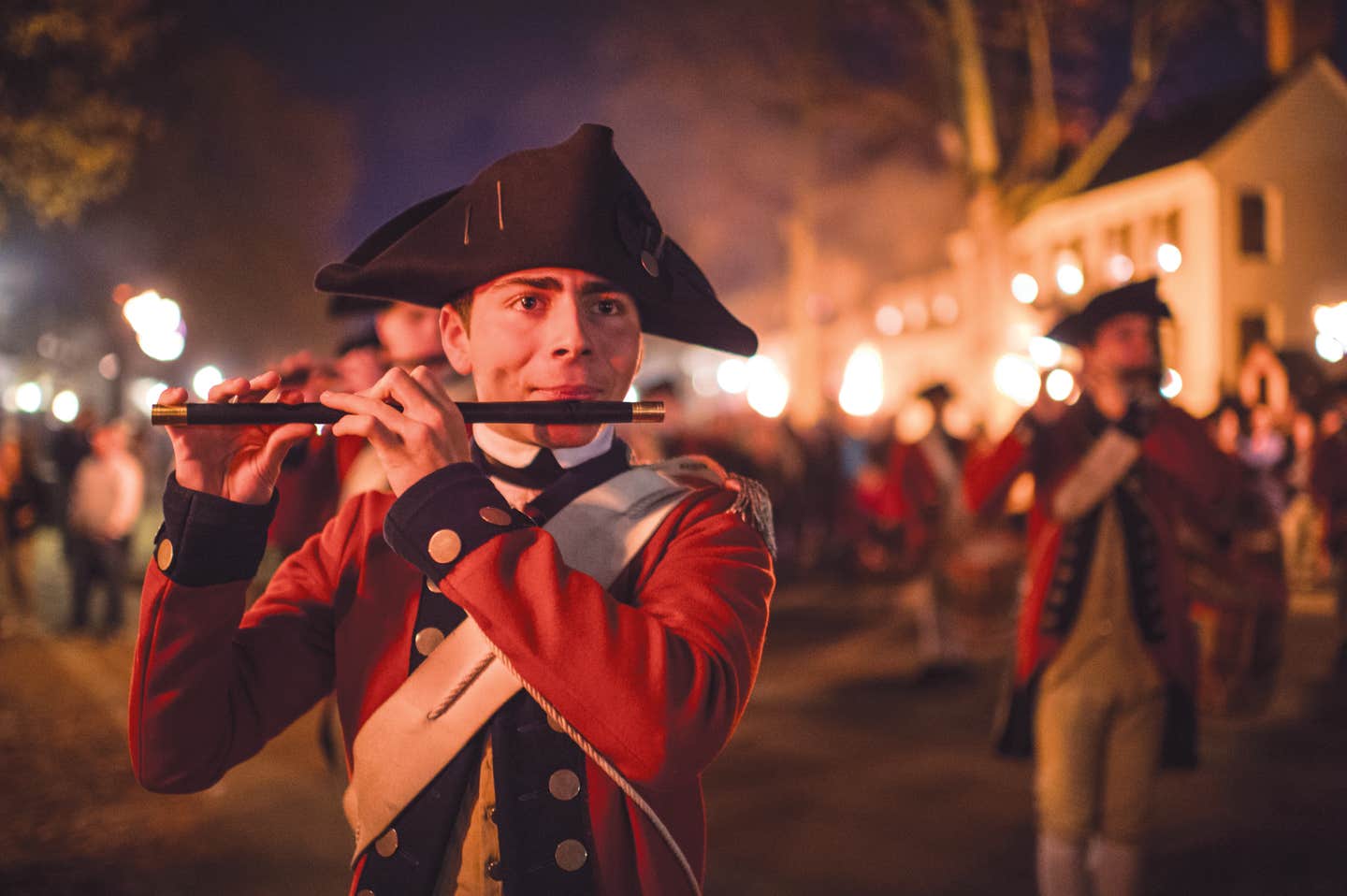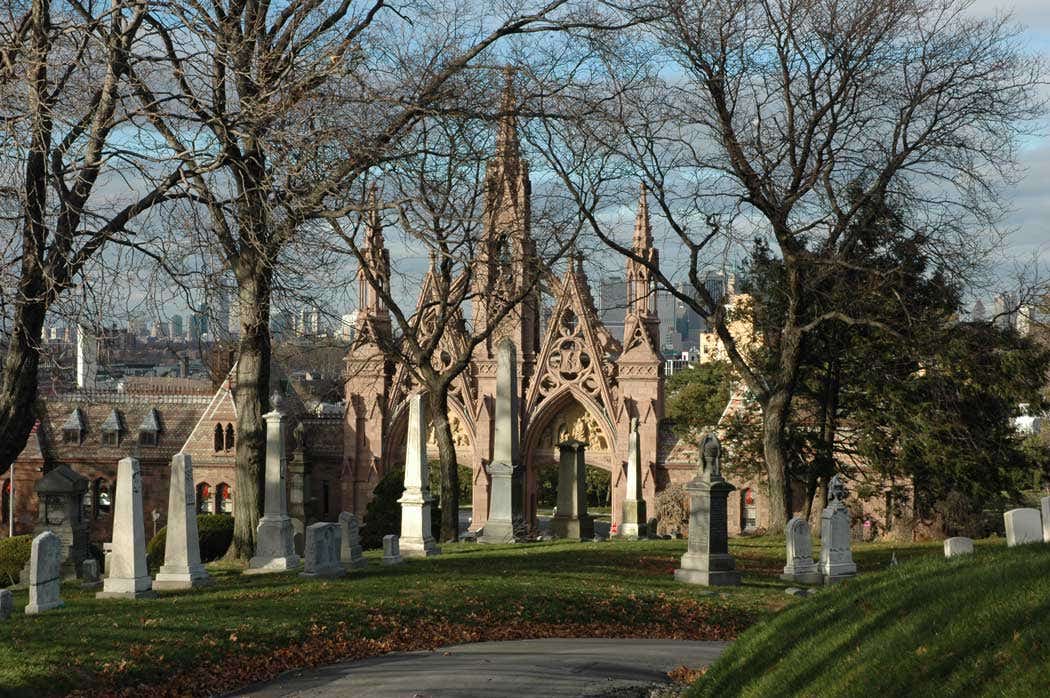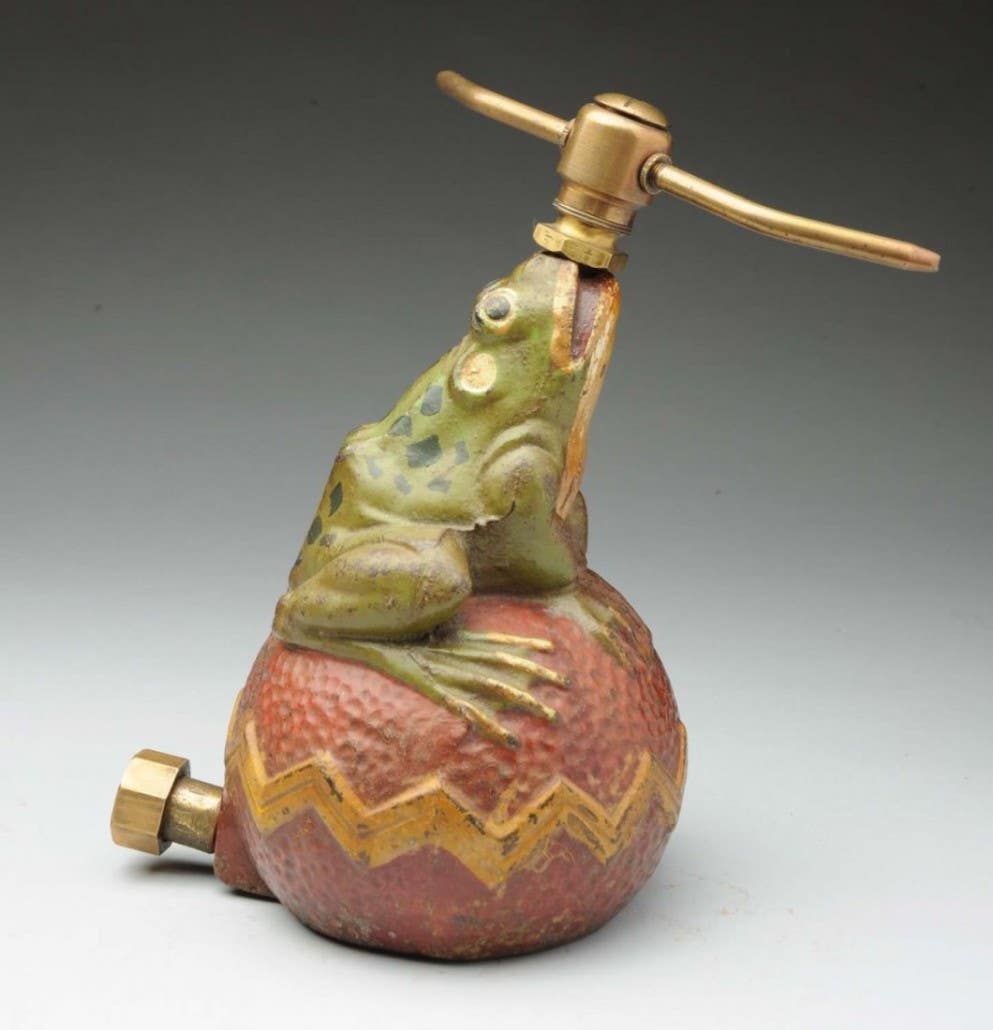When traffic is crawling instead of whizzing by, there is more time to gaze at the intricately carved butterflies, grapevines, wings and other designs on the concrete bridges that are the hallmark of Connecticut’s first divided highway.
The Merritt Parkway is an important link connecting Connecticut to New York City. On Route 15, it runs from Stratford, Connecticut, to the New York state line, ending at Greenwich.
Immediately noticeable are the lower-than-normal posted speeds: as low as 45 miles per hour at various points along the highway. It is a limited-access thoroughfare. There is a vehicle-height limit of eight feet due to the numerous low overpasses, a fact that prohibits any tractor trailer traffic. The road is also lacking the usual lengthy entrance and exit ramps.
There’s a reason for all this: The parkway, built in the 1930s, was designed for a slower-paced world and for slower-moving traffic. Back then, the road was perfect for the Hudsons, Desotos, and Studabakers of the day.
More importantly, driving at a slower speed along the scenic 37.5 miles of the parkway allows travelers to better see the main showstoppers. Along the long, gradual-winding curves and the beautiful rolling landscape, 69 architecturally elaborate bridges adorn the route. Each one displays an individual motif and is framed by native trees and plants; some of the structures covered with ivy meld into the surrounding landscape. Unique patterns, influenced by Art Deco and Modernistic styles, make up the many arches and creative formations of the numerous columns and wonderful non-repeating architectural designs are incorporated into the bridges. With these special attributes, it’s no wonder the bridges are held in reverence by travelers and locals alike.
This scenic highway is listed in the National Register of Historic Places, and is also deservedly designated as a National Scenic Byway. In 1992, the parkway was recognized as a State Scenic Road.
The creation of the Merritt Parkway was to be the answer to the congestion problem on the Boston Post Road, but it became more than that. Out of the Depression came the birth of this new highway, but it was not a smooth ride. During the planning stage, there were some serious shenanigans going on: land schemes, political cronyism, fraudulent records, and in some cases, documents were destroyed. In addition, there was the opposition from the residents of Fairfield County in Connecticut.
In spite of those detours and roadblocks, the construction of the Merritt Parkway commenced in 1934. The idea was not just to build a road — it was to be much more than that.
The Great Depression provided a trained workforce to construct the highway. Through the efforts of the Works Progress Administration, 2,000 out-of-work construction workers were hired to tackle the $21-million project. The WPA and the Depression also provided the sole architect, George Dunkelberger, who designed the extraordinary series of bridges that run the length of the parkway.
For the most part, the bridges were constructed of concrete and at the outset, it was decided they would be more than generic slabs. The design of each one is a testimony to Dunkelberger’s architectural skills and he took great care to ensure that each bridge displayed its distinct character. Architectural forms such as battlements, balusters and balustrades, were incorporated into a number of bridges.
The Newfield Avenue bridge has huge vertical columns reminiscent of a 1950s skyscraper and repeating geometric designs. The South Avenue Bridge employs rigid repeating block-like-structures with striking multi-faceted pillars. The simple, clean, horizontal and vertical lines at right angles to each other seem at odds with the low relief sculpture of the bust of a pilgrim exhibited on the bridge at Comstock Hill Road; you’ll find such combinations in many of Dunkelberger-designed bridges all along the parkway, as he was influenced by distinctly different architects. One bridge that definitely stands out as it crosses over the parkway is at James Farm Road. Its bold Art-Deco Nike Wings are a striking introduction to the Merritt Parkway.
The use of ornate columns is incorporated beautifully on the White Oak Shade Road Bridge. Also evident is Dunkelberger’s use of bright color variations. He was not afraid of combining styles, either. On the North Avenue Bridge, he incorporated battlements — defensive structures making up the top of castle walls — along the top of the bridge. And his repeating balusters make up the railing along the top of the Round Hill Bridge.
Usually working in concrete, Dunkelberger sometimes detoured to other, more ornate examples. Nowhere is this more evident than on the Lake Avenue Bridge, where the structure is wrapped in cast iron. Dunkelberger created this bridge using elaborate, intertwined grapevines bearing fruit, and along the top railing, he fashioned intersecting elongated loops.
The overall, engineered design of the bridges is simple, and they consist of arched beams with vertical supports at each end. These frames were sheathed in reinforced concrete and Dunkelberger’s decorative patterns and designs were done with molds. His intent was to make each bridge aesthetically pleasing. And in this, he was successful. He also did not ignore the underside walls of the bridge overpasses, incorporating bold, vertical lines and columns on many of these interior walls.
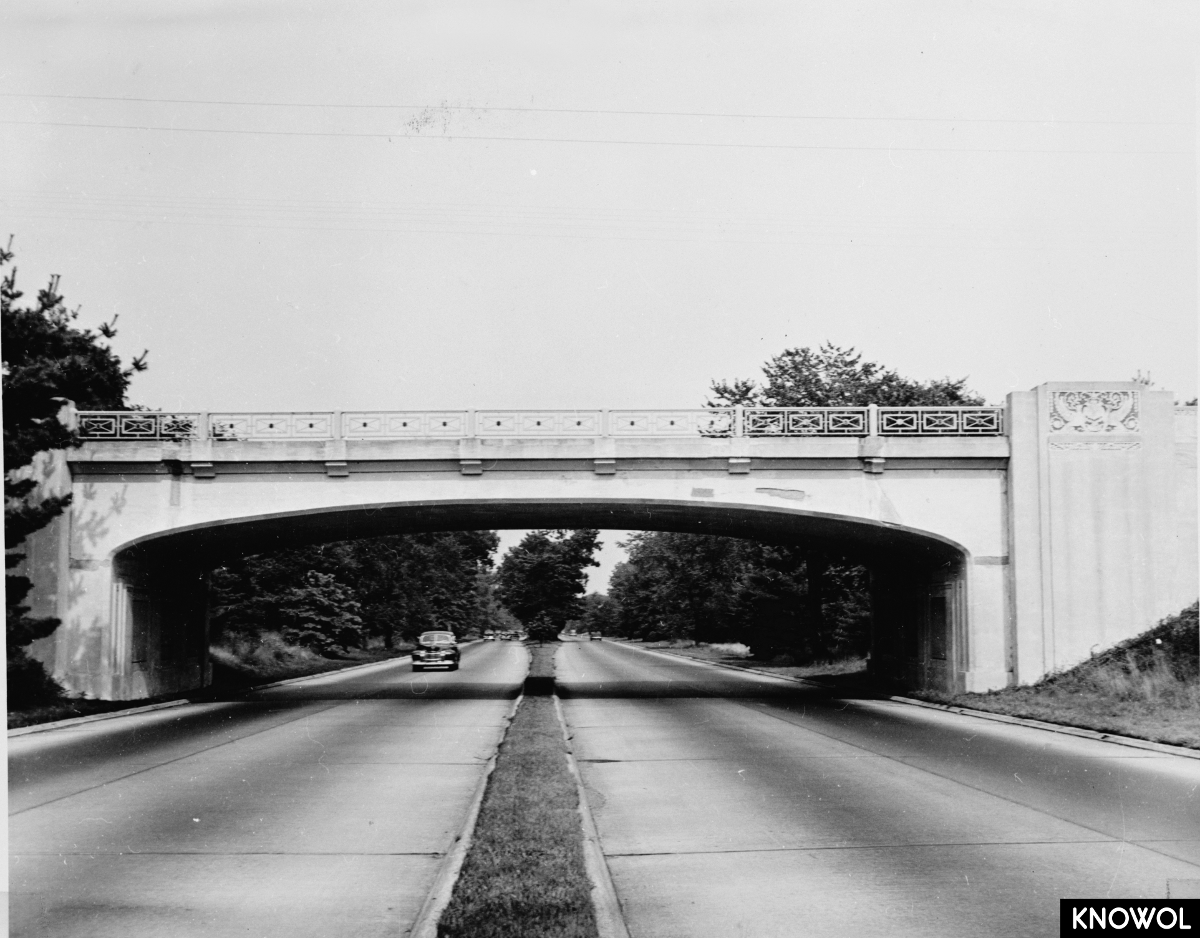
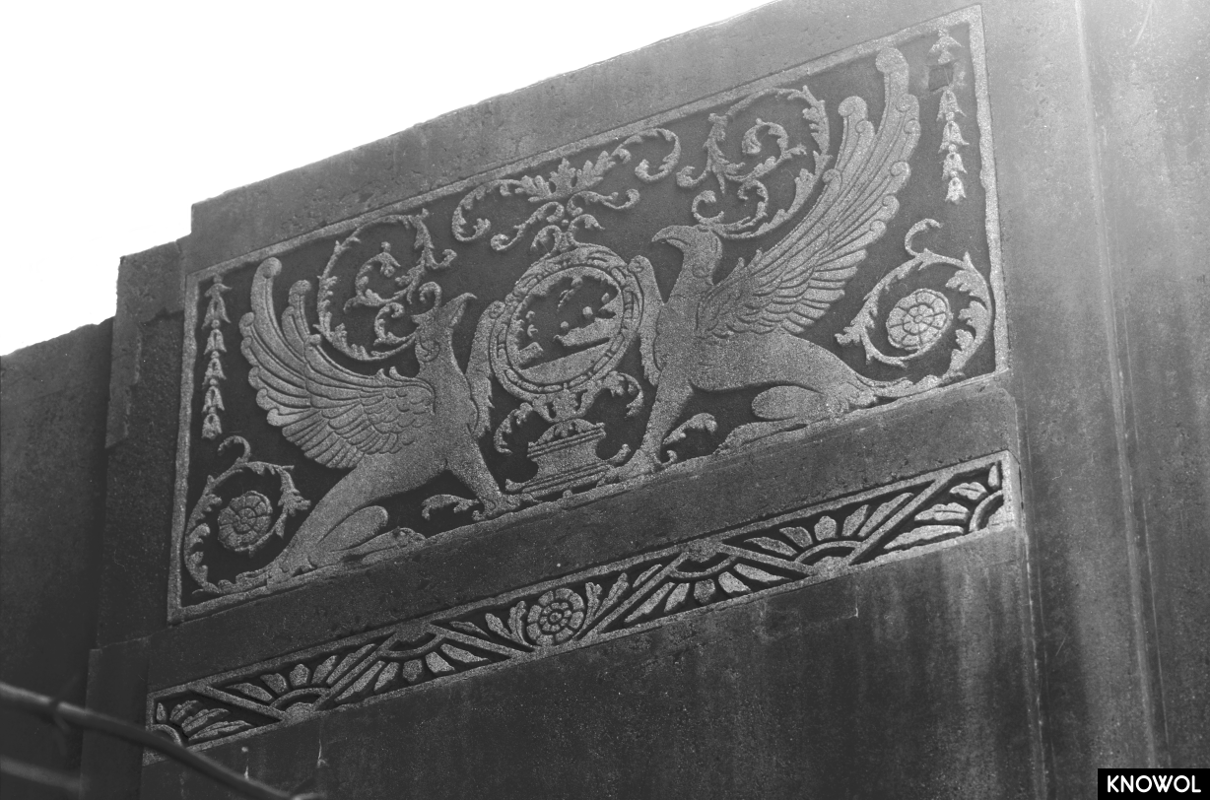
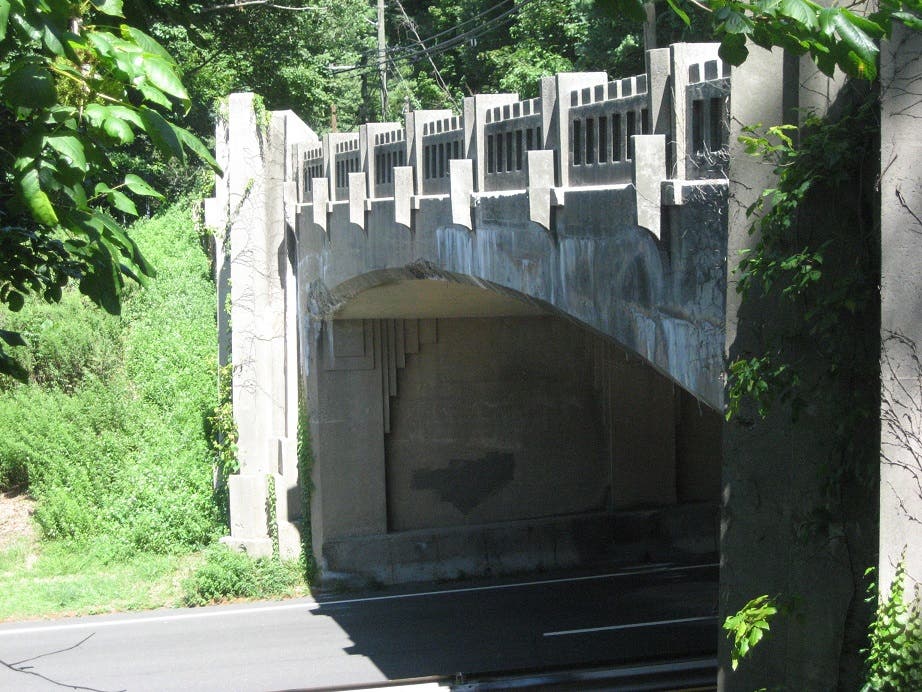
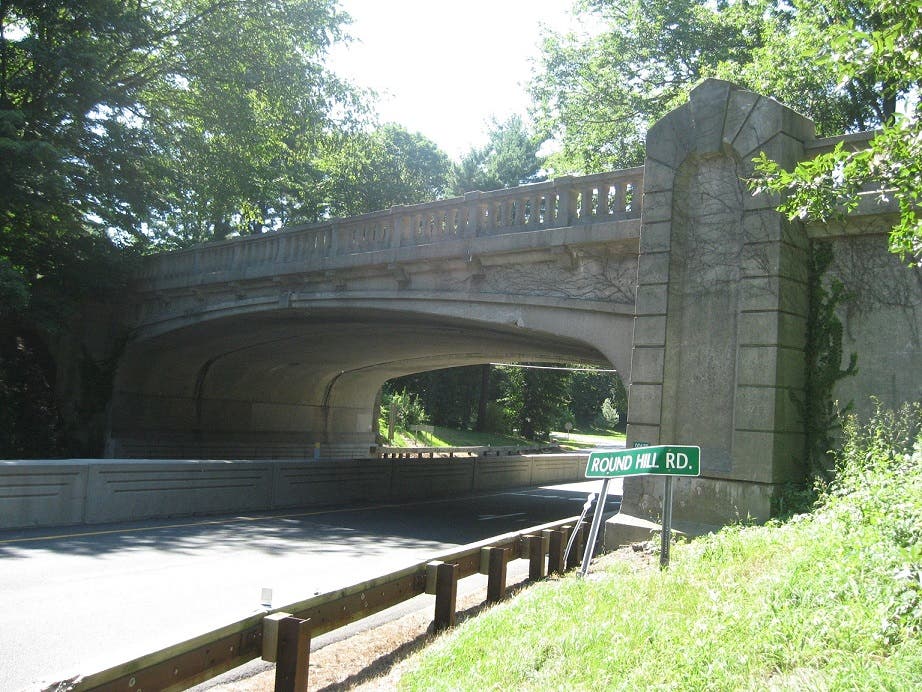
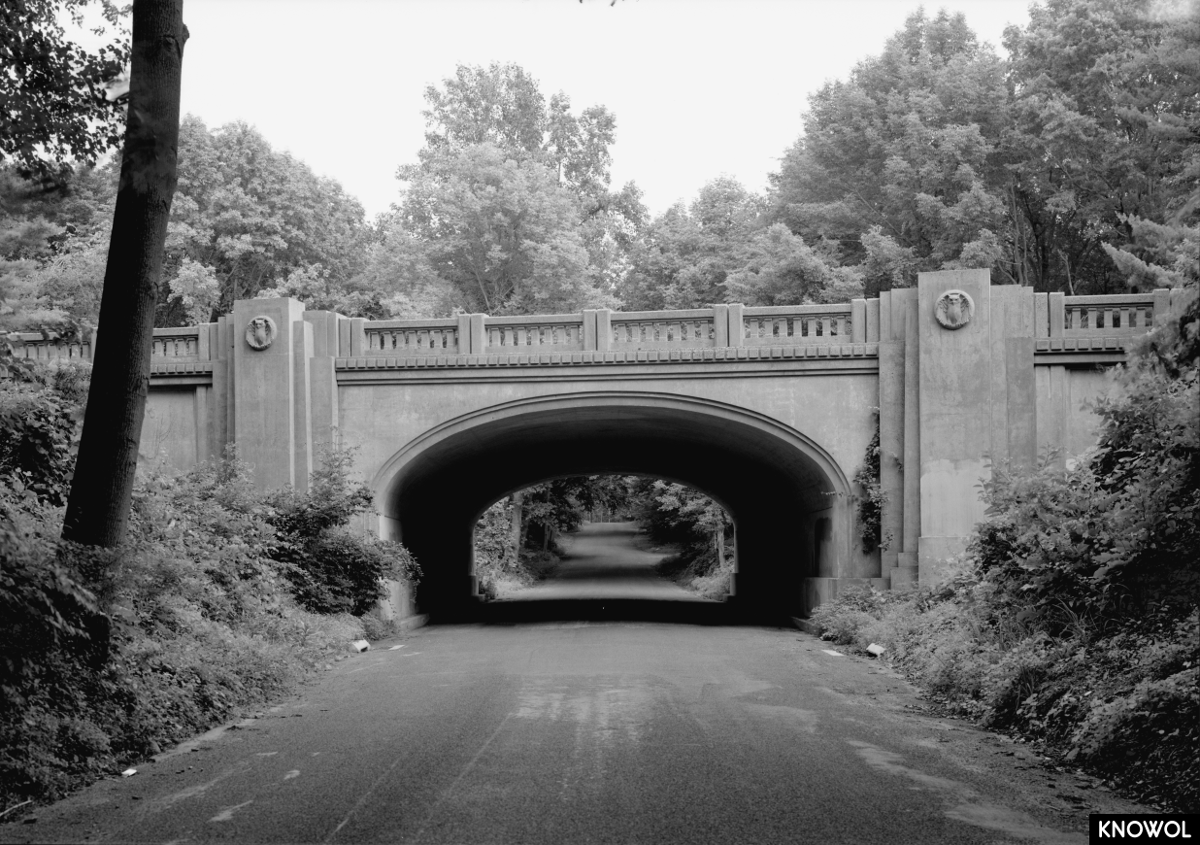
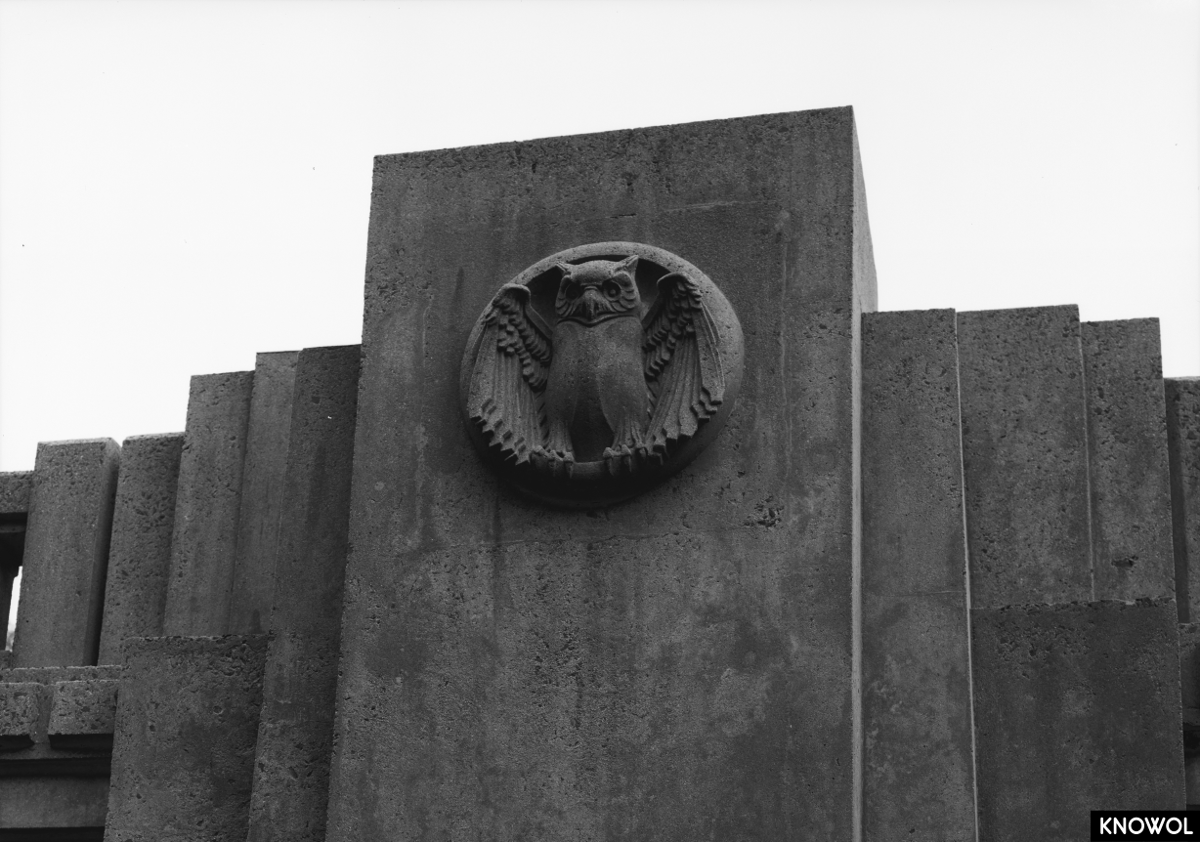
“Unexpected” is one word to describe the sight of the bridges at first encounter. In today’s world of sometimes barren and sterile highways, the bridges of the Merritt Parkway are a great attraction and one we can all enjoy. They’re definitely worth the trip, and riding along the parkway is a recreation in itself.
When touring the parkway, it’s best to avoid the morning and evening rush-hour commute. That will make for a more relaxing ride. Spring and fall are the best seasons to visit the scenic byway. The Merritt Parkway has no direct attractions, but the surrounding environs do. Taking one of the many exits gives you access to several restaurants and other attractions including Beardsley Zoo, Stamford Museum & Nature Center and the Bartlett Arboretum.




